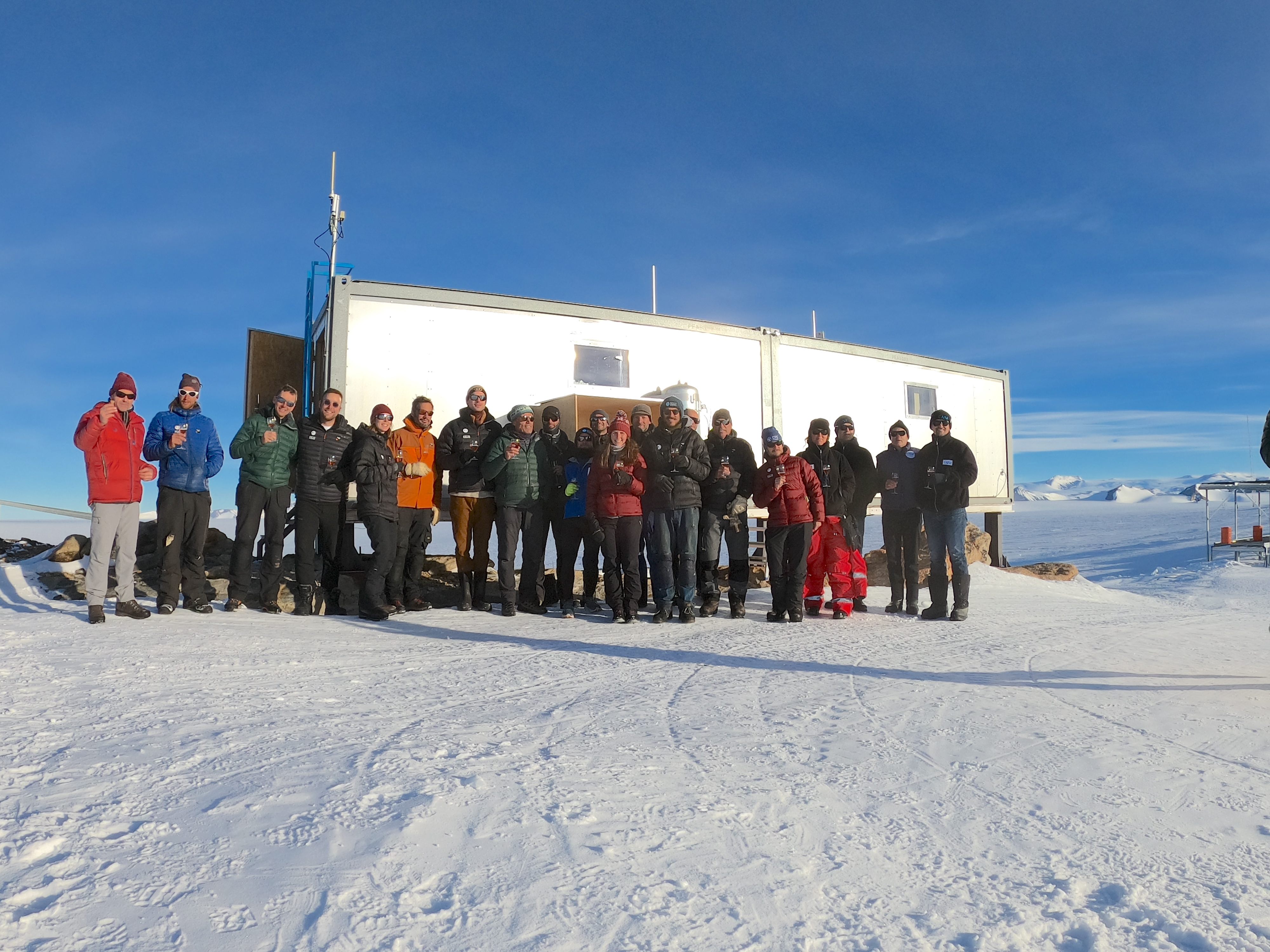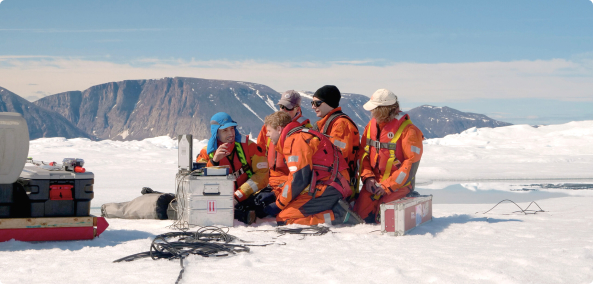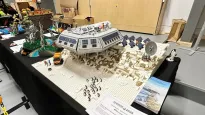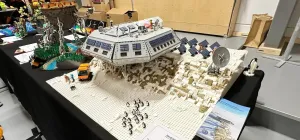First Hydrogen Production at PEA Shows IPF's Focus on Future
While the scientists and all of the IPF staff who support their work in the field concentrate on doing the best science possible, the team of engineers, technicians, and mechanics are also hard at work on a number of new projects.

While the scientists and all of the IPF staff who support their work in the field concentrate on doing the best science possible, the team of engineers, technicians, and mechanics are also hard at work on a number of new projects.
Hydrogen production begins at PEA
This season, a new engineer on the team, Mathilde Renard, together with Nicolas Herinckx, have been working on a new system at the Princess Elisabeth Antarctica to produce hydrogen to be used for several purposes using the station’s renewable wind and solar energy production systems.
Having arrived in mid-November, Mathilde has been working on getting the hydrogen production system up and running. The system uses electrolysis to split the hydrogen atoms off of water molecules - a process that takes quite some energy. The hydrogen produced is then stored in a tank at the scientific north shelter.
When it needs to be used, the stored hydrogen can then be combusted to produce energy and water. The goal is to eventually use the hydrogen produced to power the backup generators at the station, which currently run on diesel (the generators are rarely ever used, only in emergencies).
However at the moment, the first hydrogen produced at PEA is being used primarily for a different purpose: to fill radiosonde balloons that are sent up into the atmosphere every other day to collect weather data. Traditionally scientists have filled weather balloons with helium. However, due to its limited supply on Earth and the logistical cost and inconvenience of transporting it in bulky canisters, it was decided to start filling the weather balloons launched at PEA with hydrogen produced at the station instead of helium.
The inaugural weather balloon filled with hydrogen produced at PEA was launched on Christmas Eve, to much fanfare, and deservedly so! This milestone signifies the next step towards making the station even more self-sufficient and environmentally friendly.
Later that day, the entire team enjoyed a well-deserved Christmas Dinner prepared by the station’s chef, Thomas Duconseille.
A new hangar at the Winter Park
The IPF team also plans to work on a new hangar at the Winter Park, where many large vehicles, lots of spare parts, supplies, and scientific equipment will be stored on the blue ice field nearly 2 km from the PEA station.
The construction process involves digging several deep trenches in the ice for the foundation of the new hangar. Once the trenches have been dug, the supports for the new hangar will be put in place. As the temperature never rises above freezing in this part of Antarctica, water is then poured into the trenches to solidify the supports of the hangar. Situated between several nunataks, the ice around the Winter Park barely moves each year, making it a very stable place to build structures in the ice.
As all the parts for the hangar’s construction will be delivered by ship later in the season, the construction of the new hangar is planned to start during the 2025-26 season.
We’re looking forward to seeing everything the highly skilled IPF team will be able to accomplish before the end of the season!
Download





















